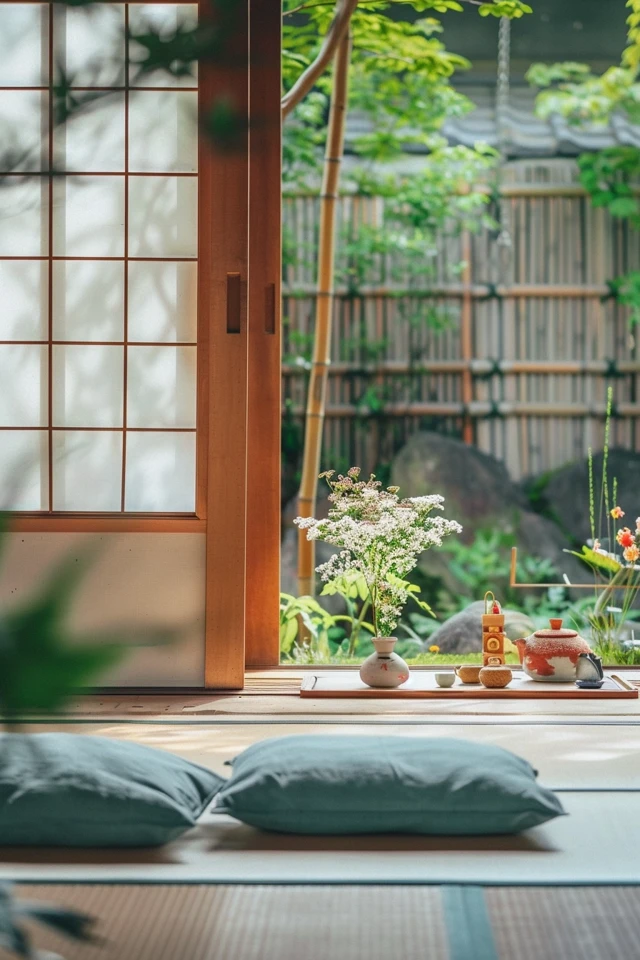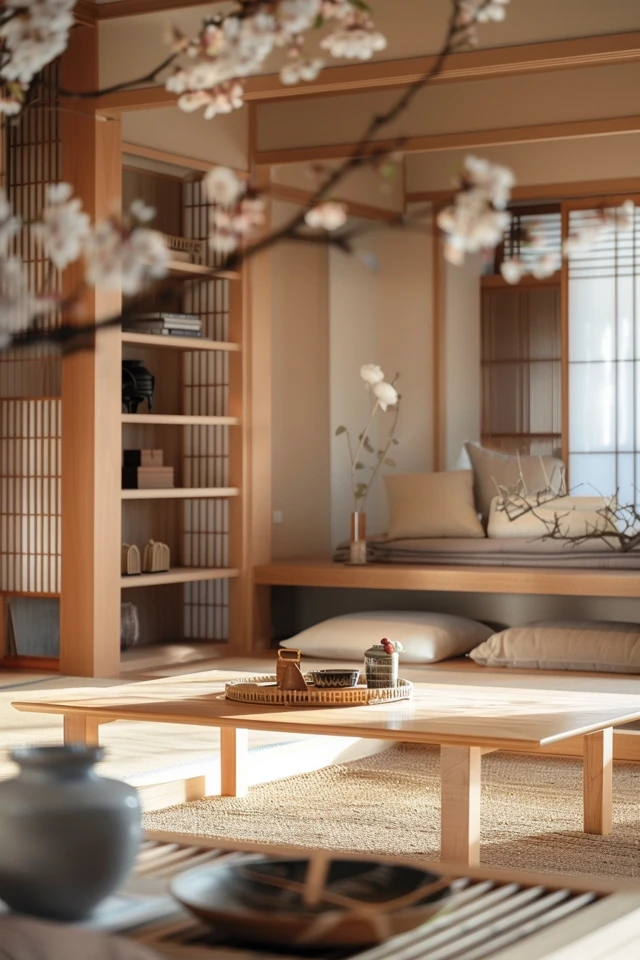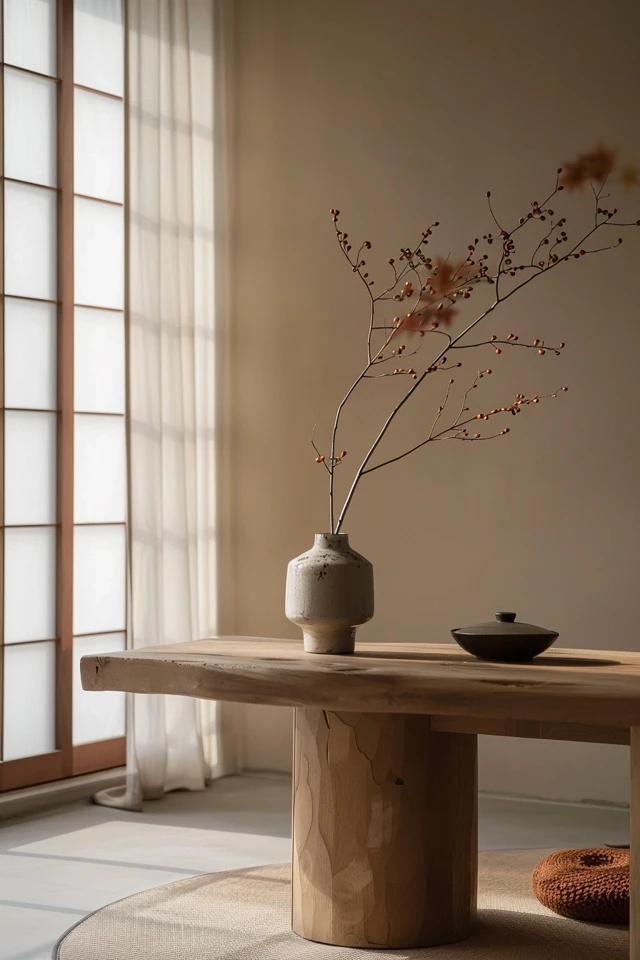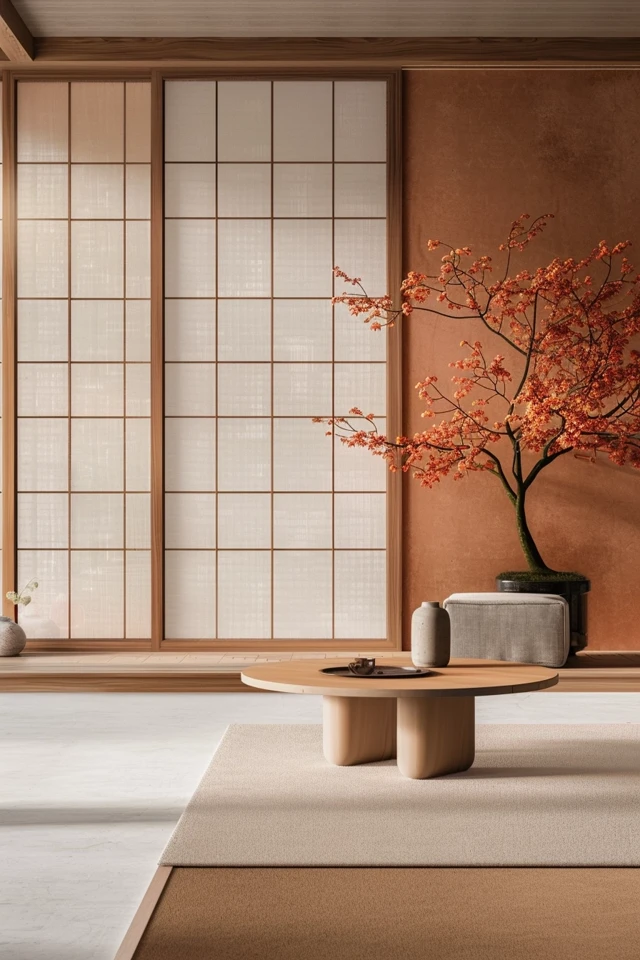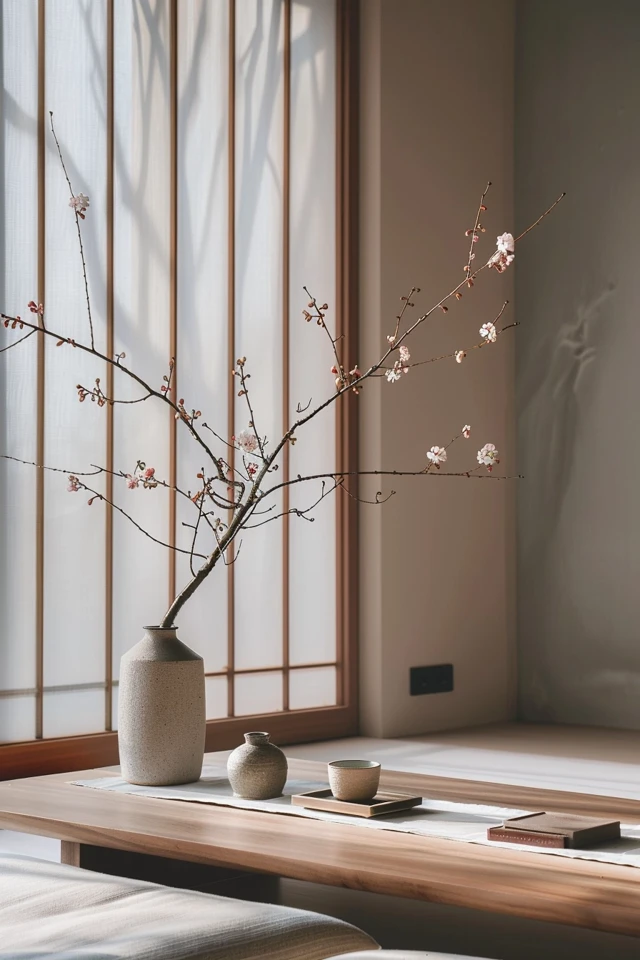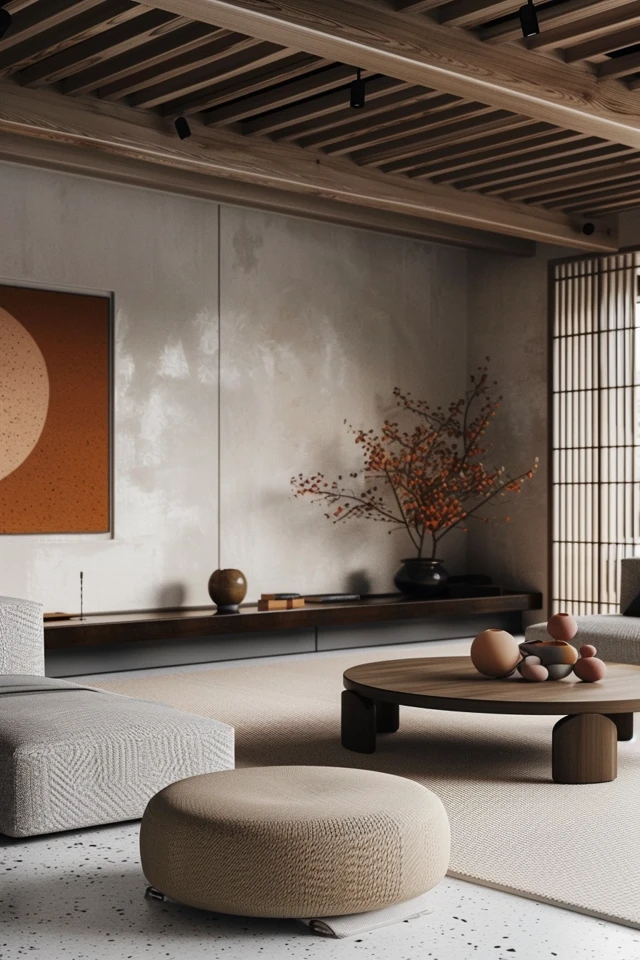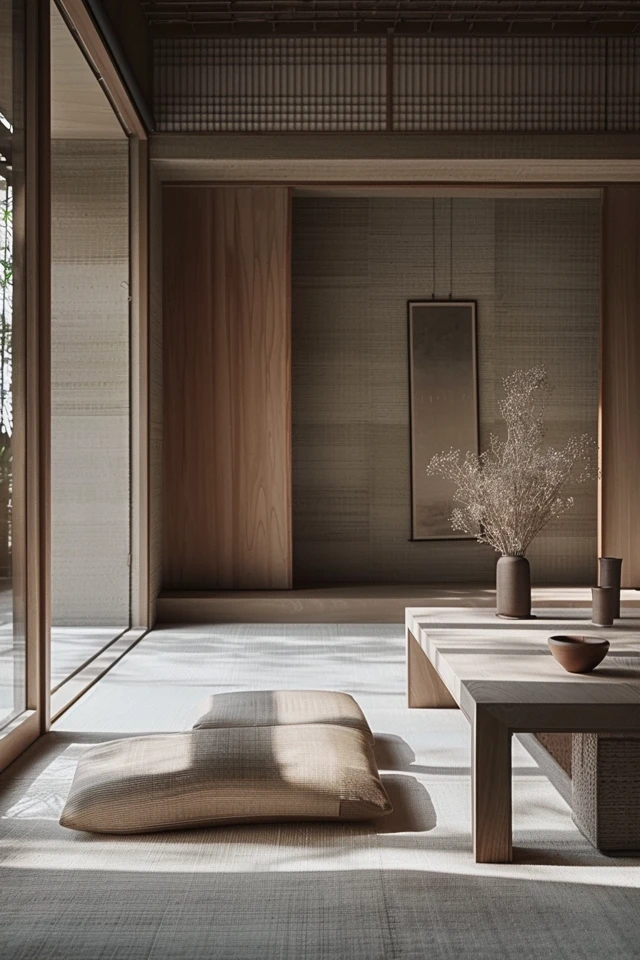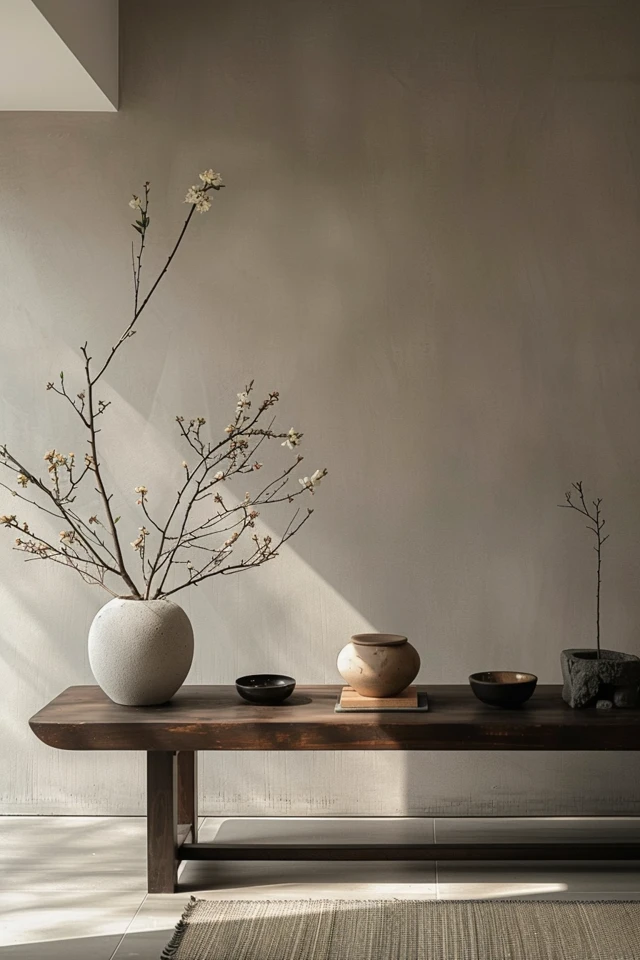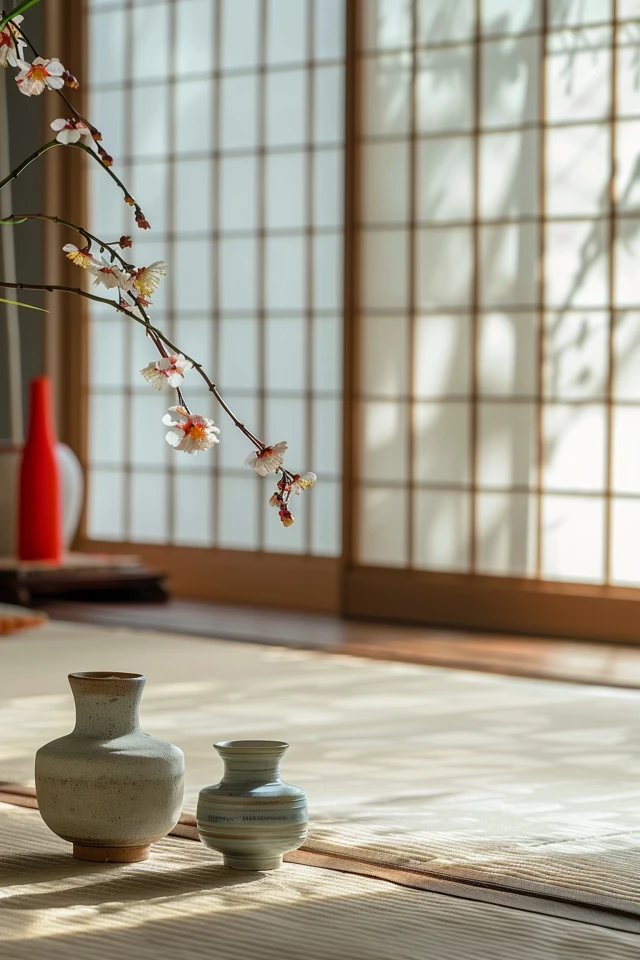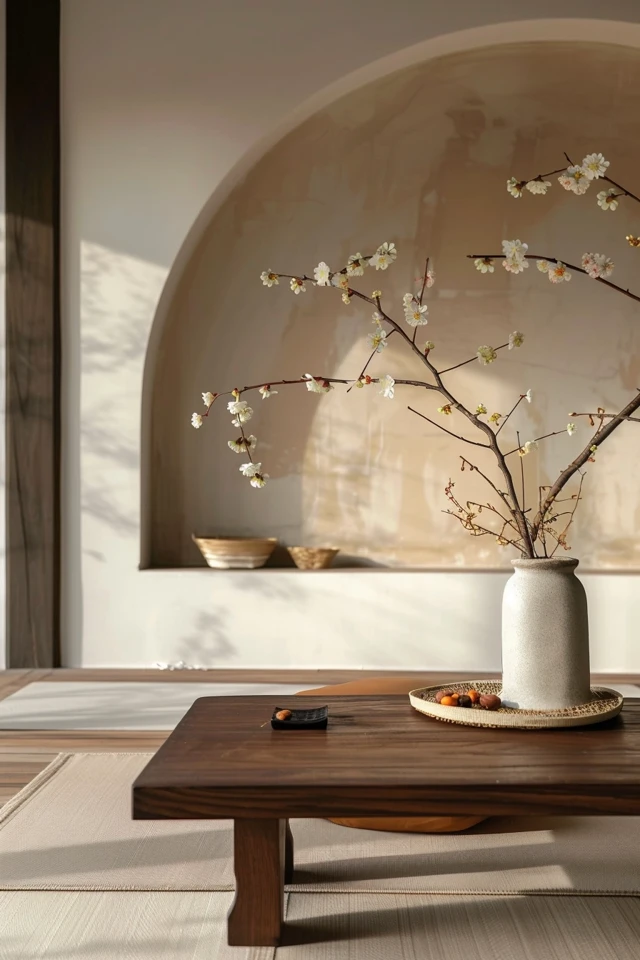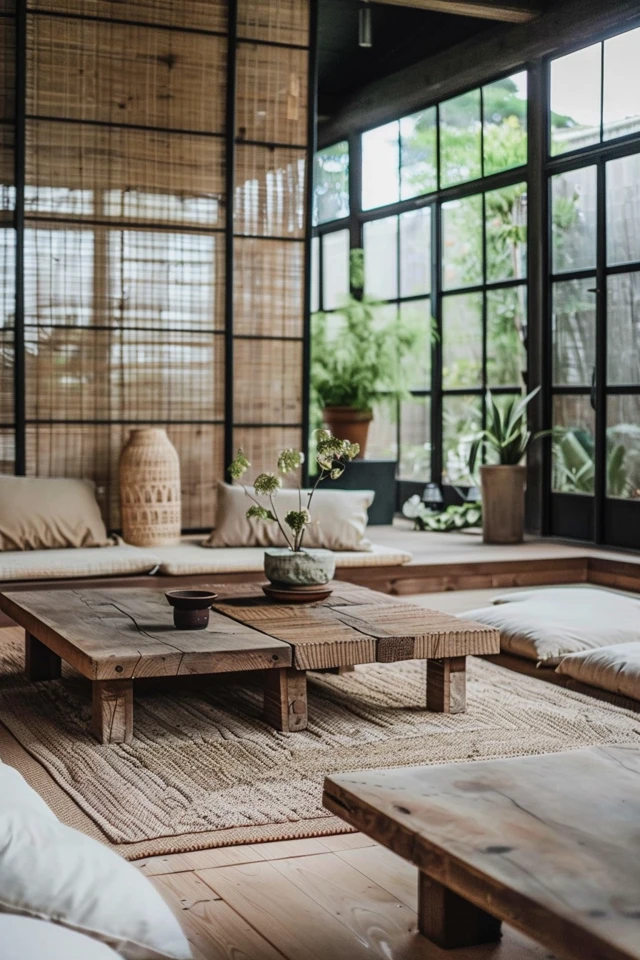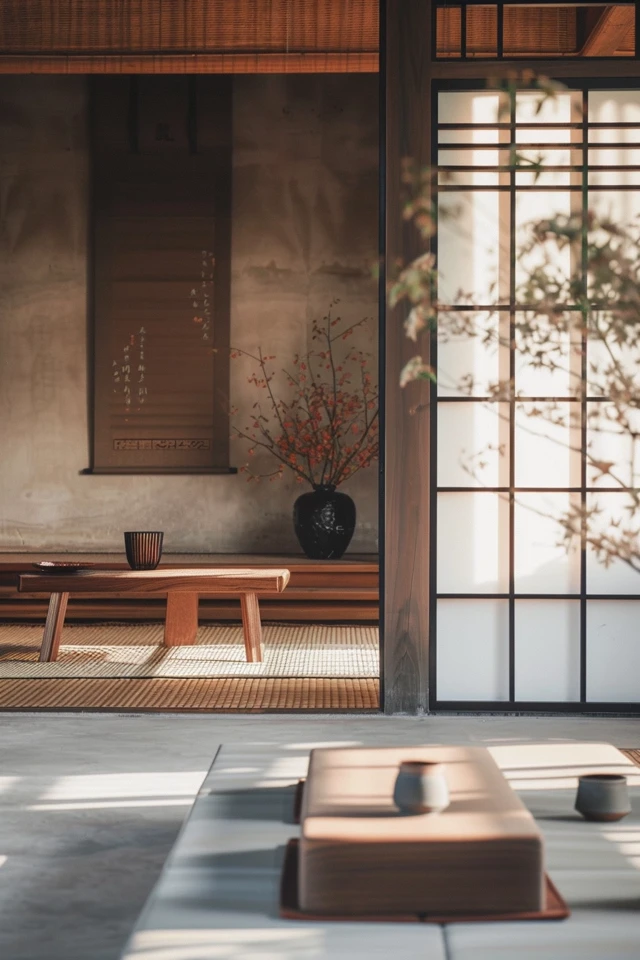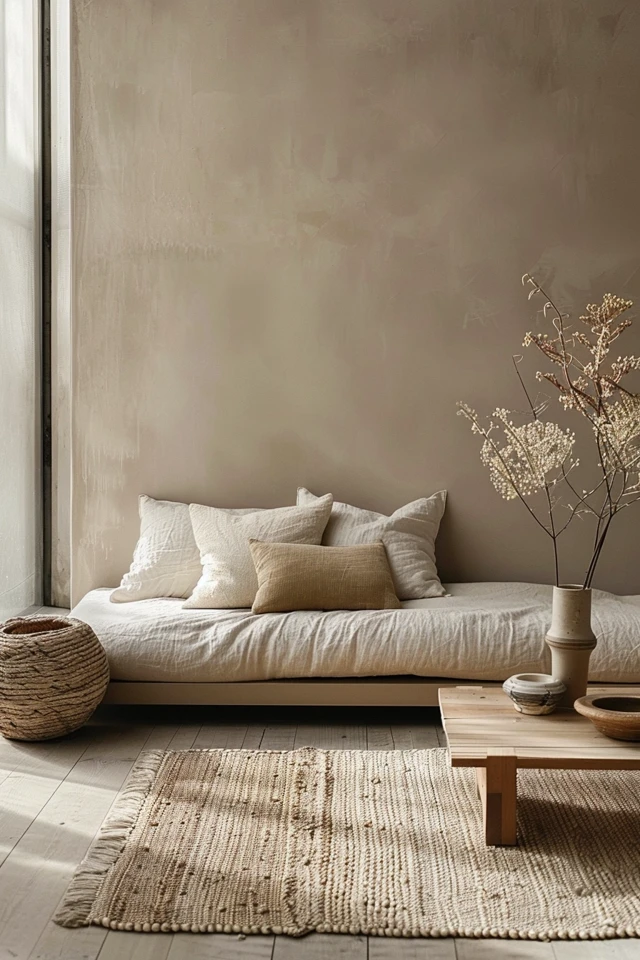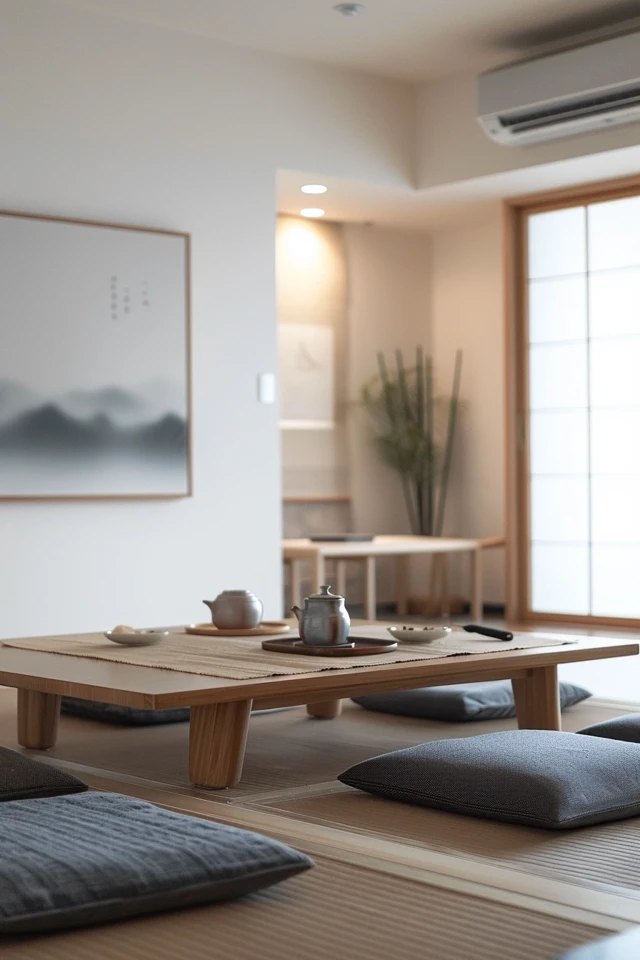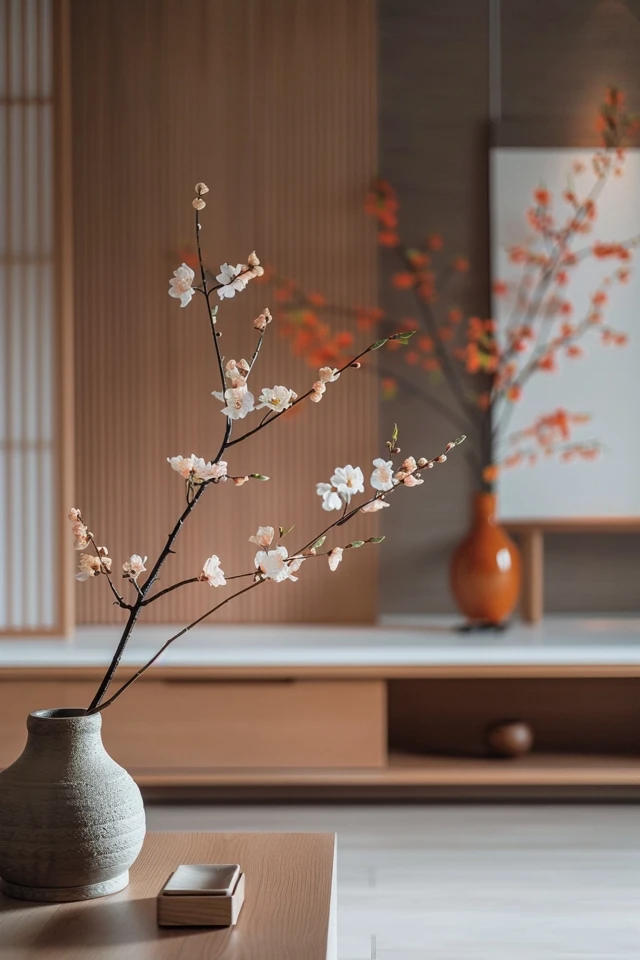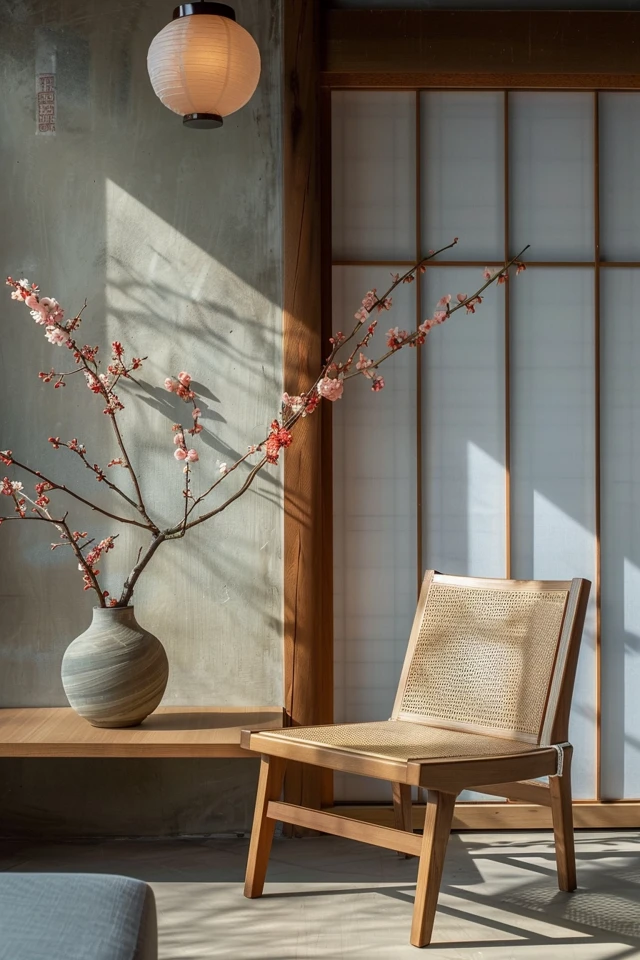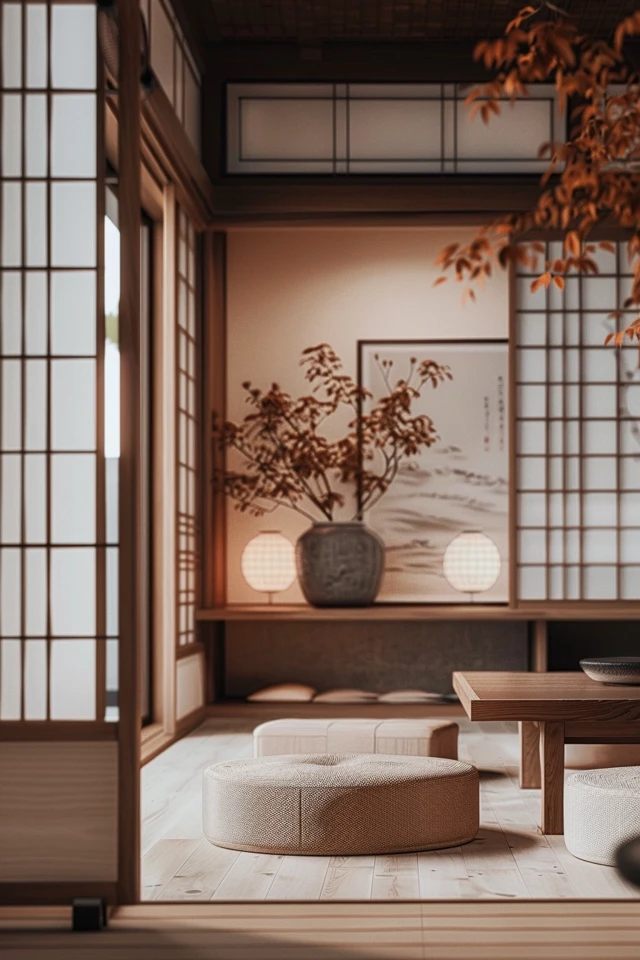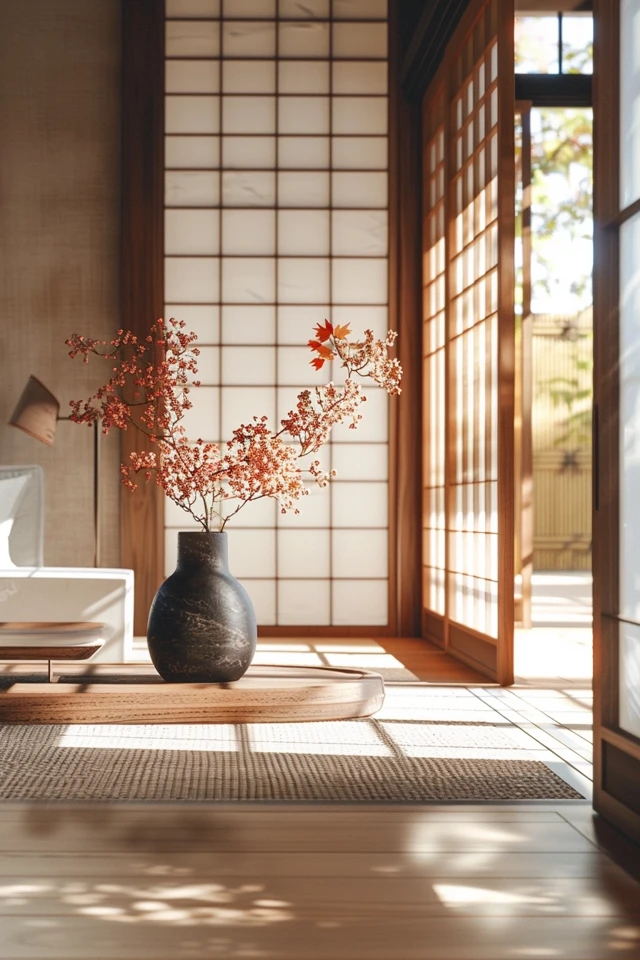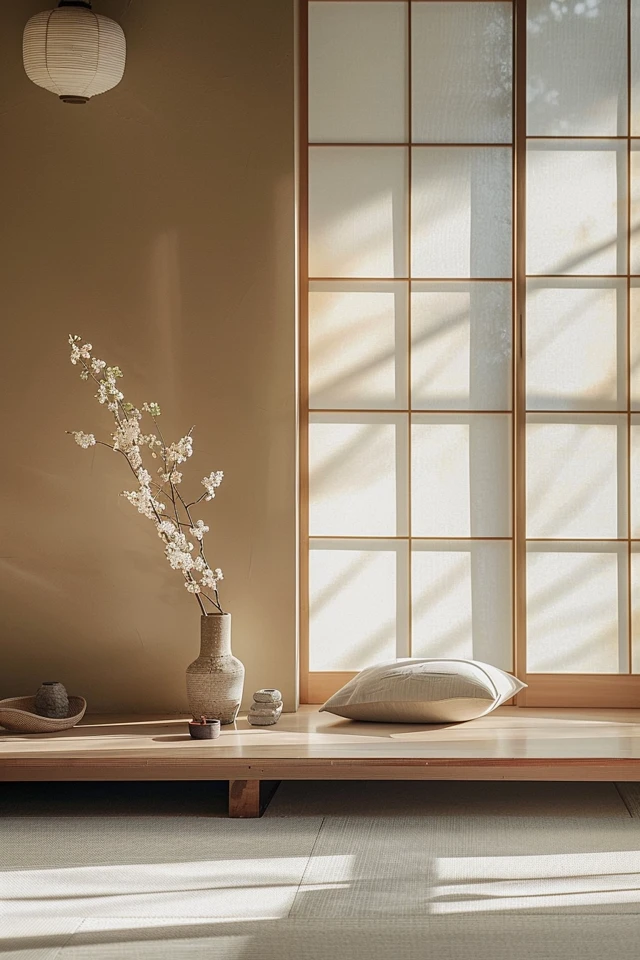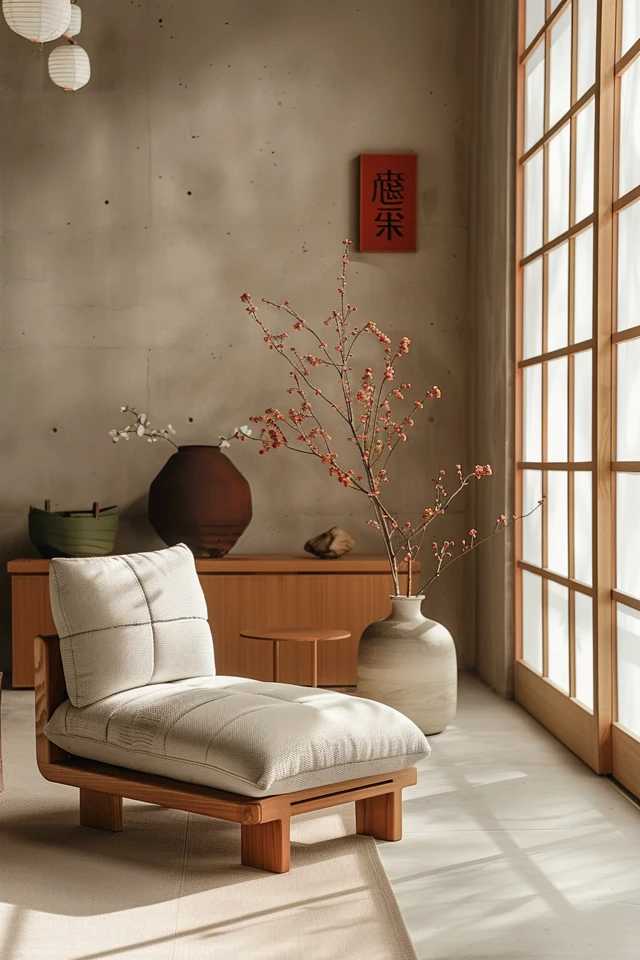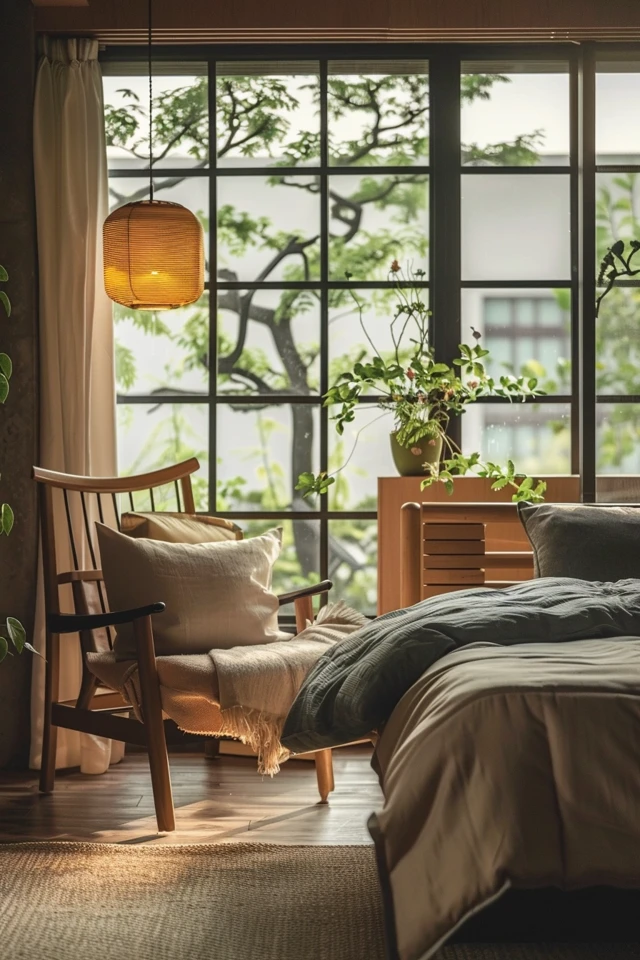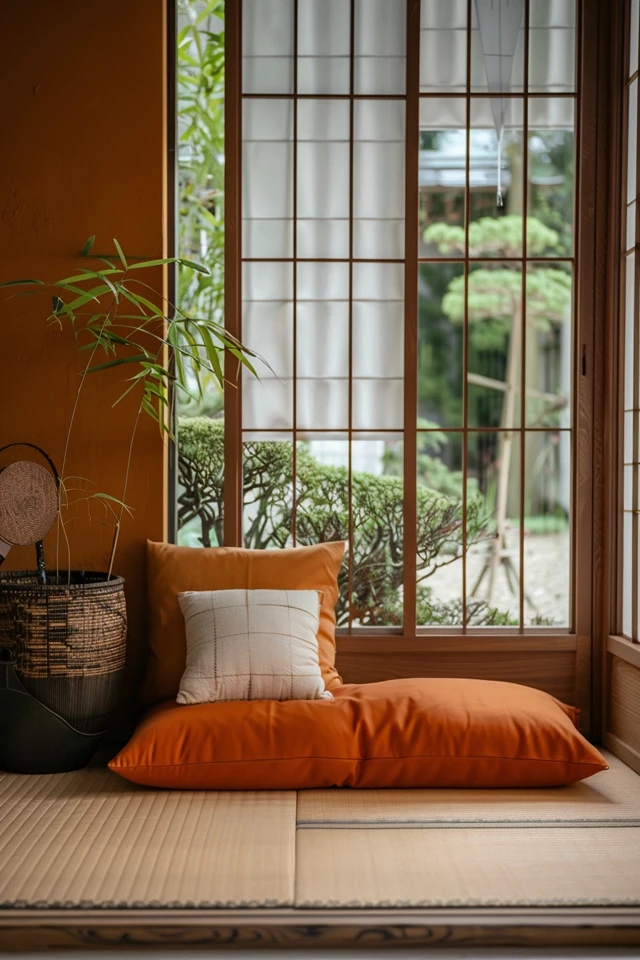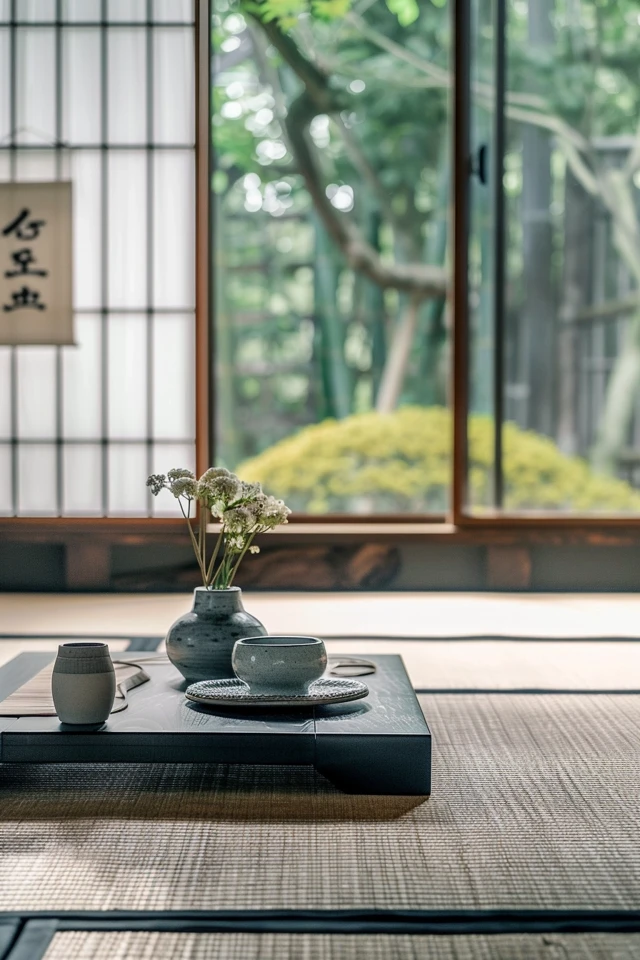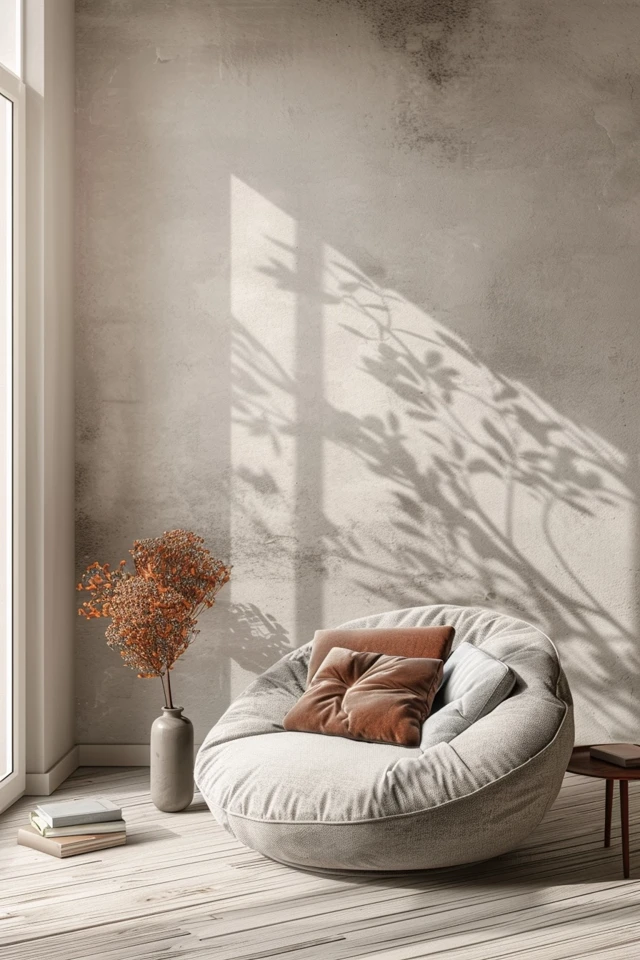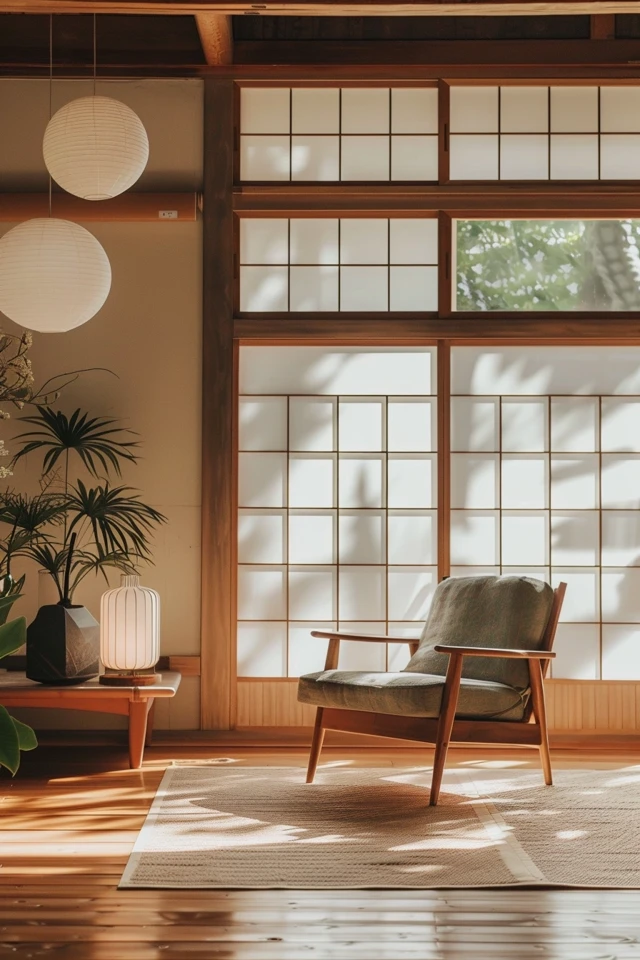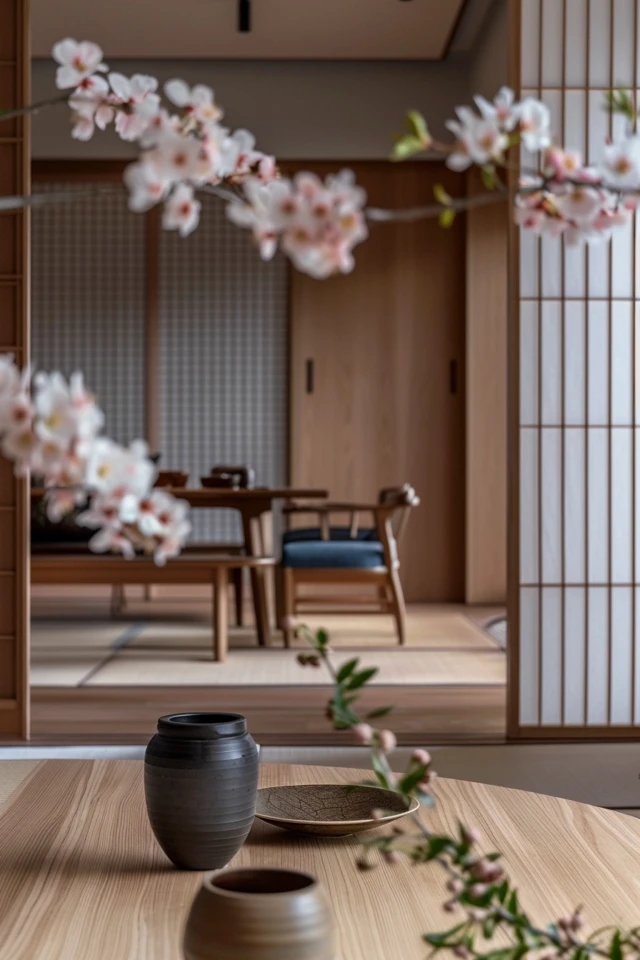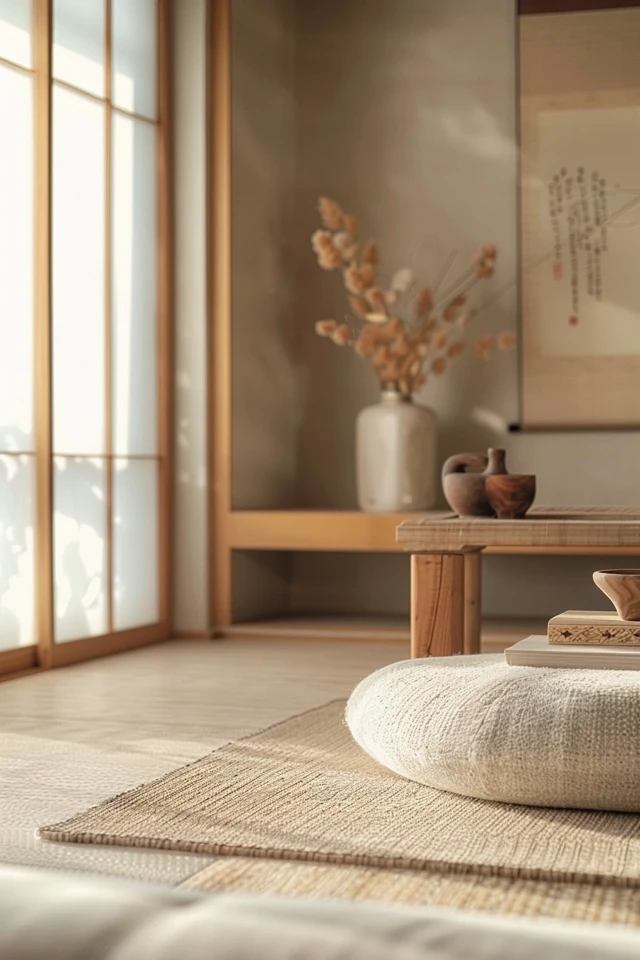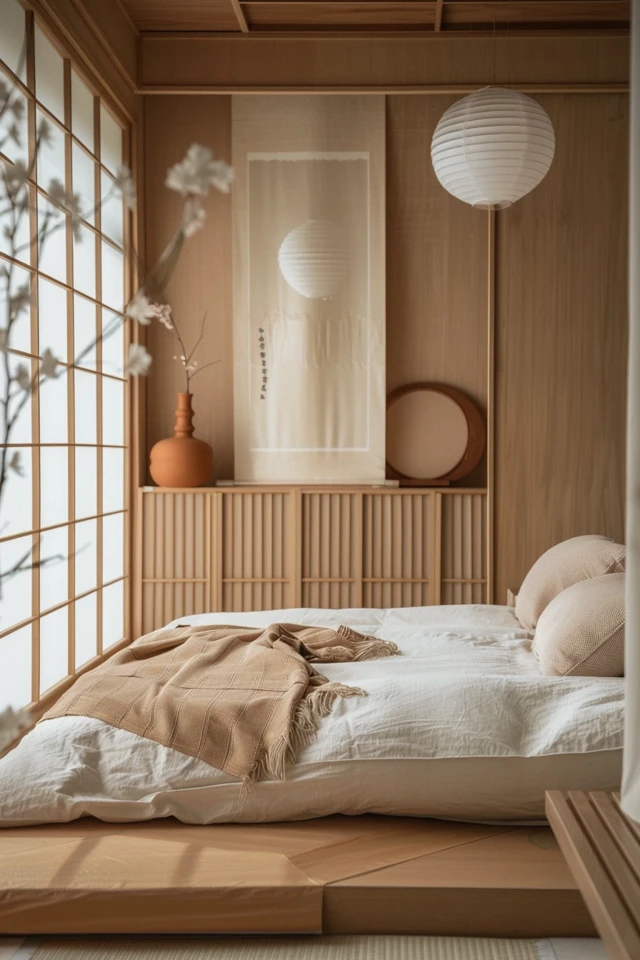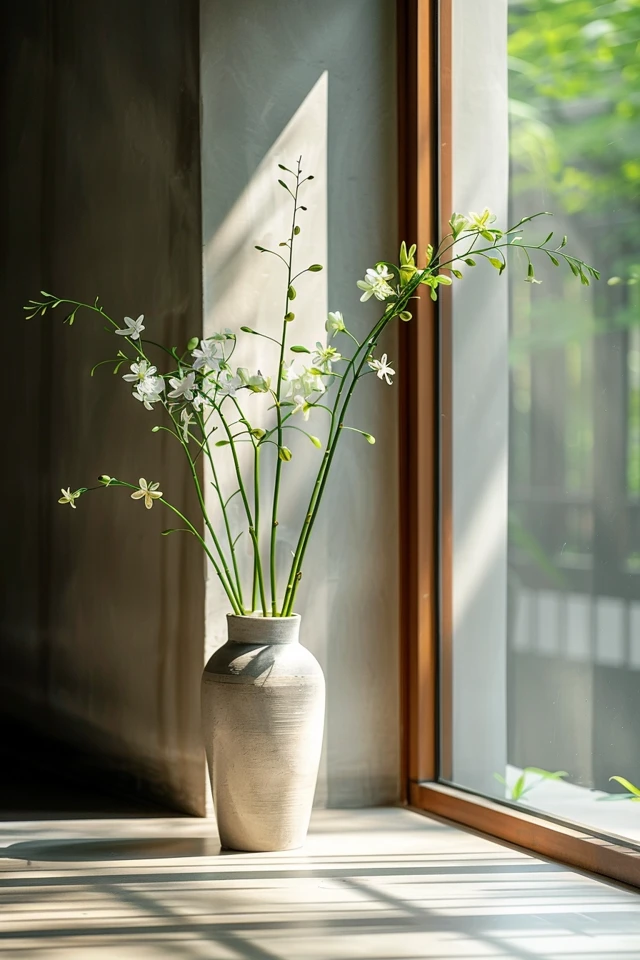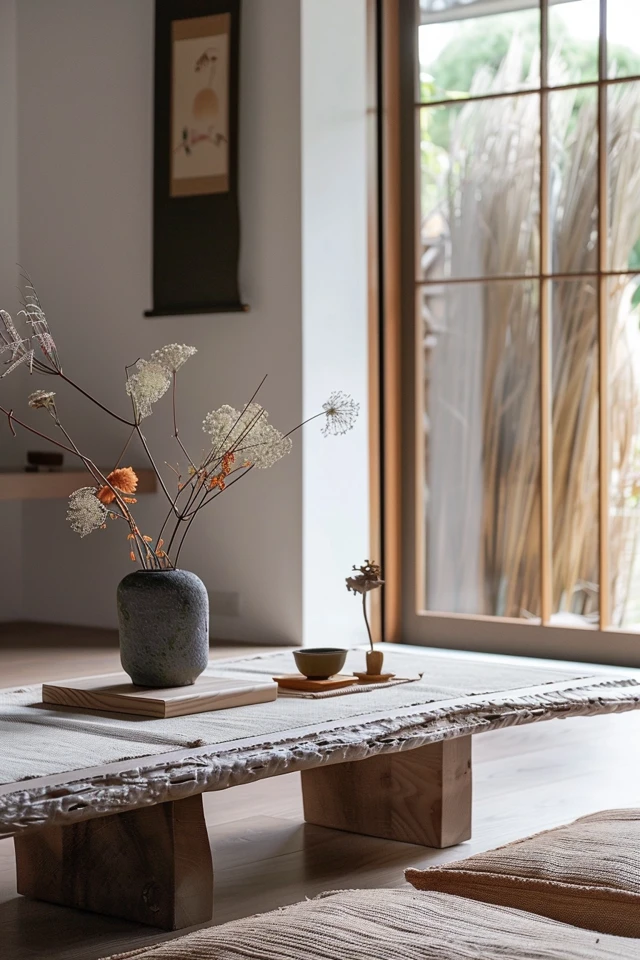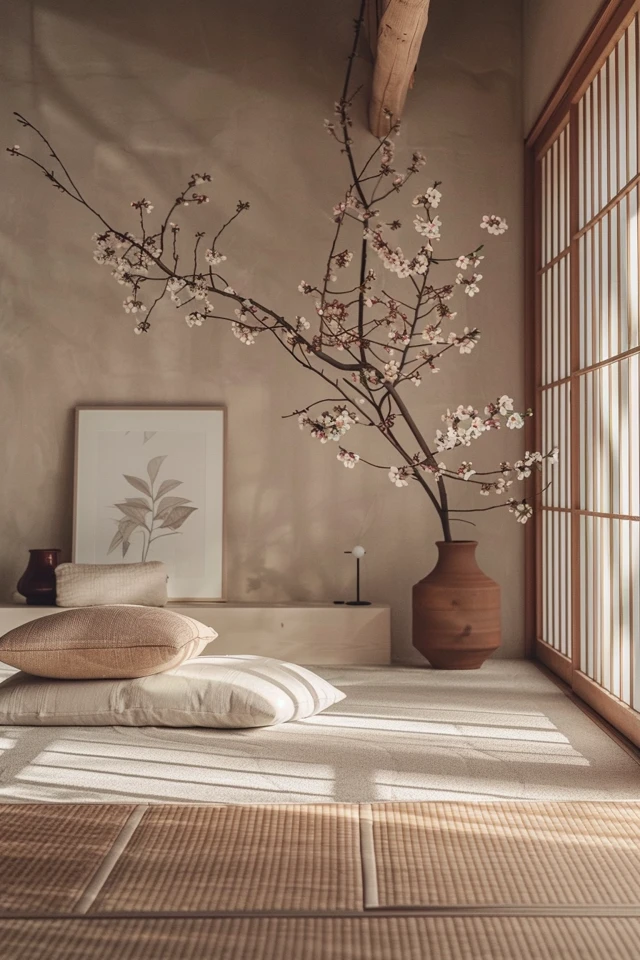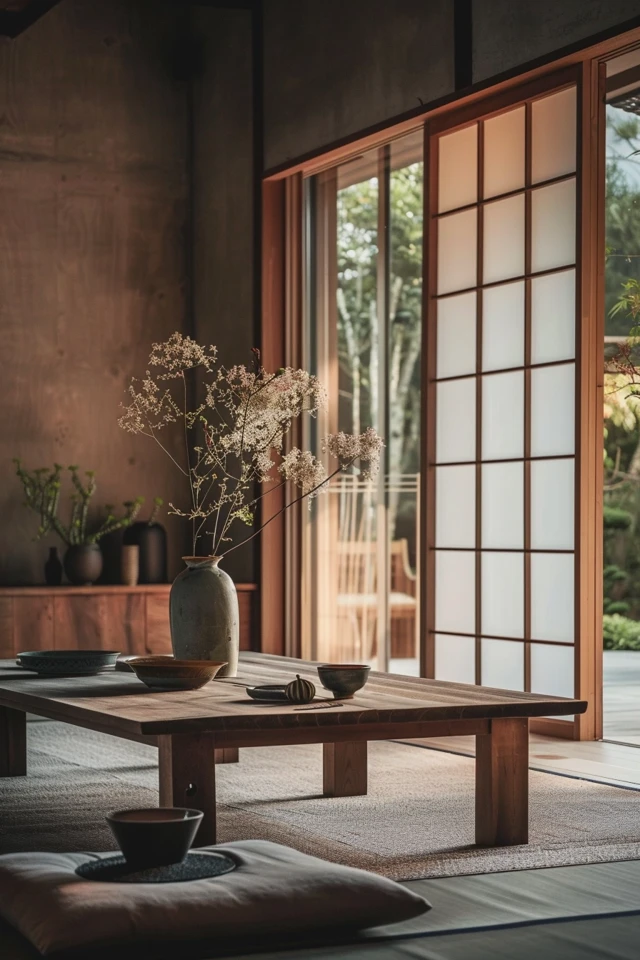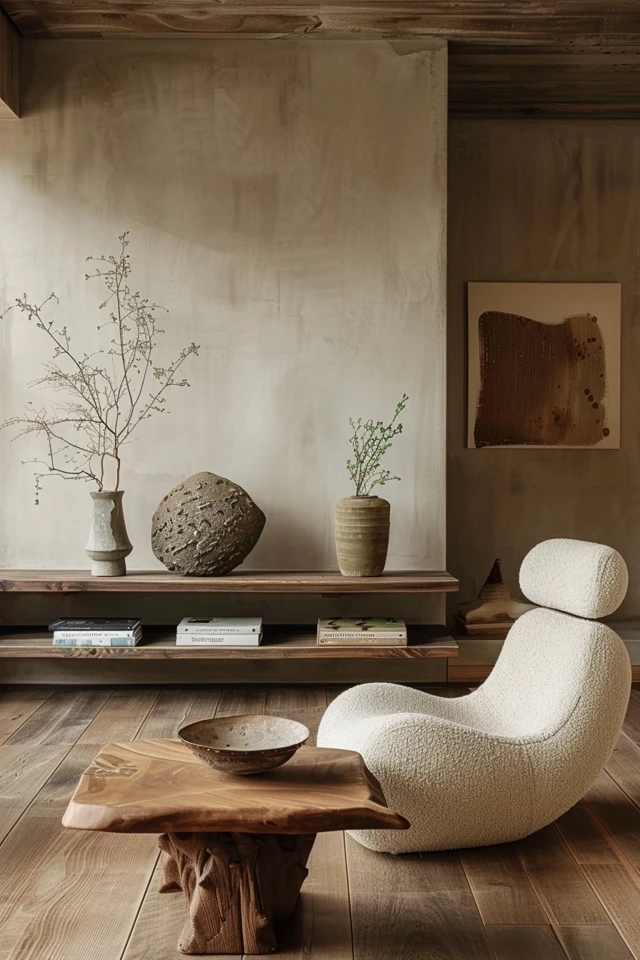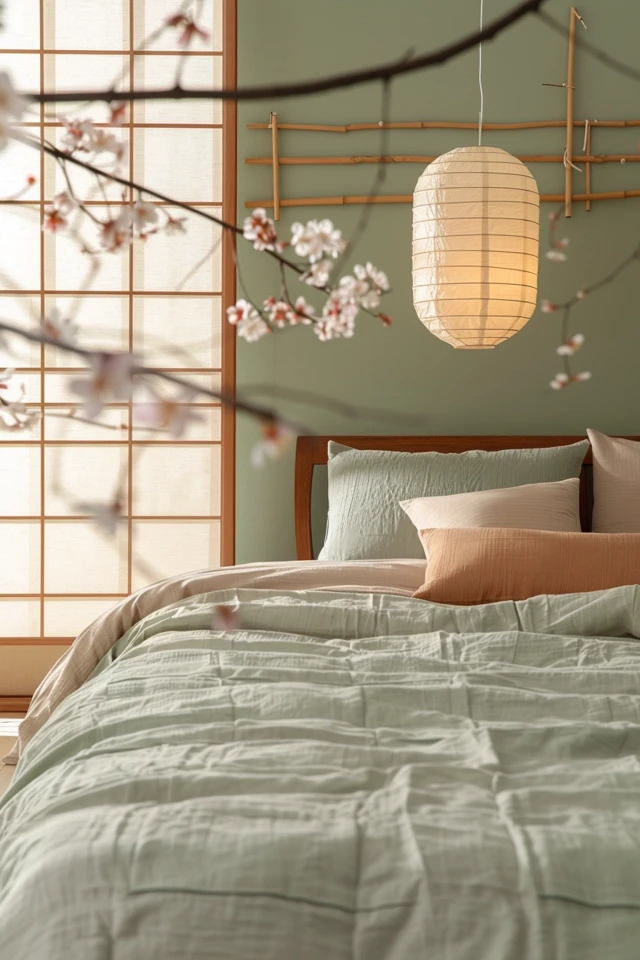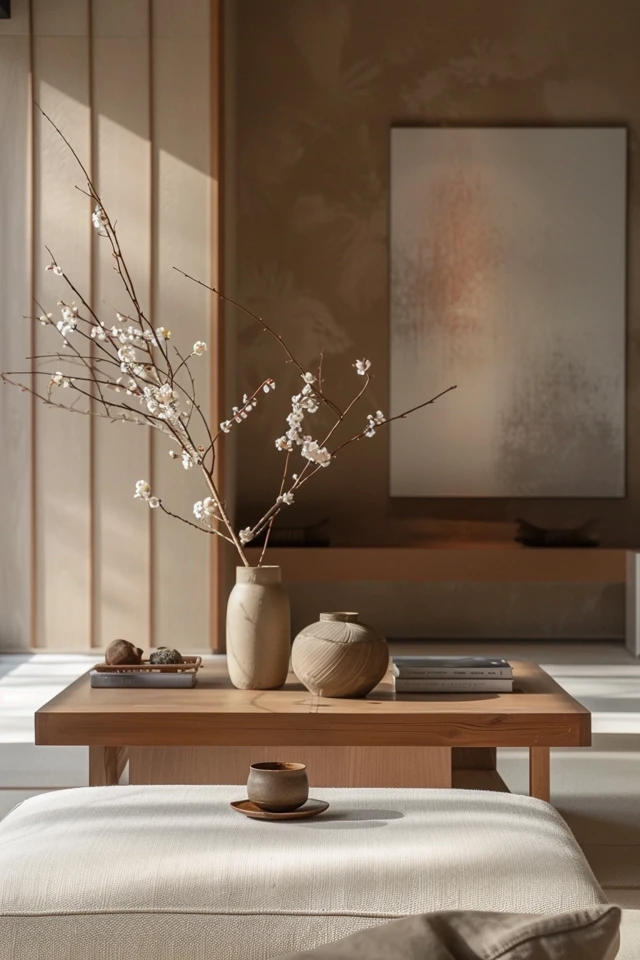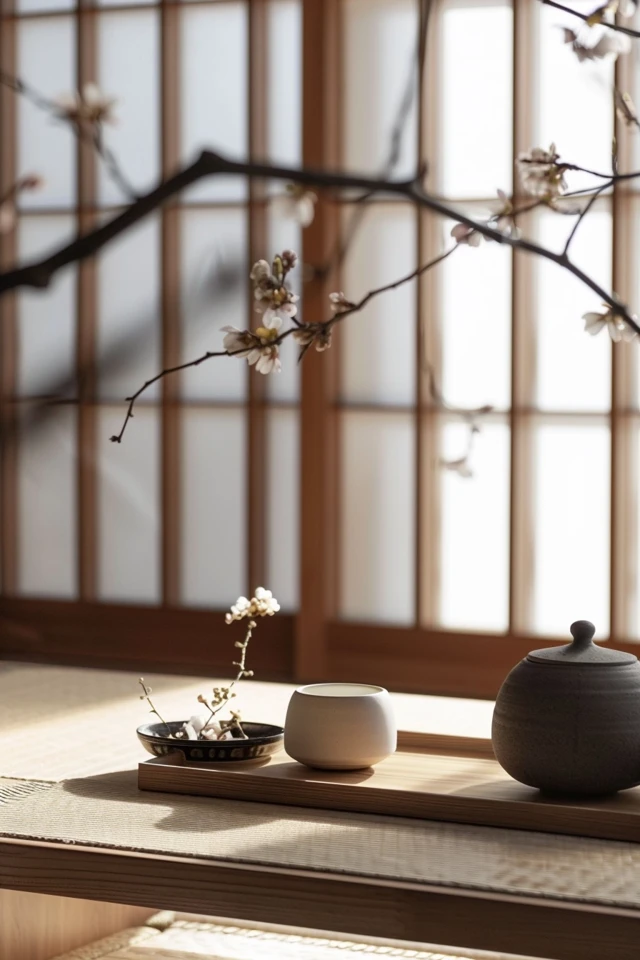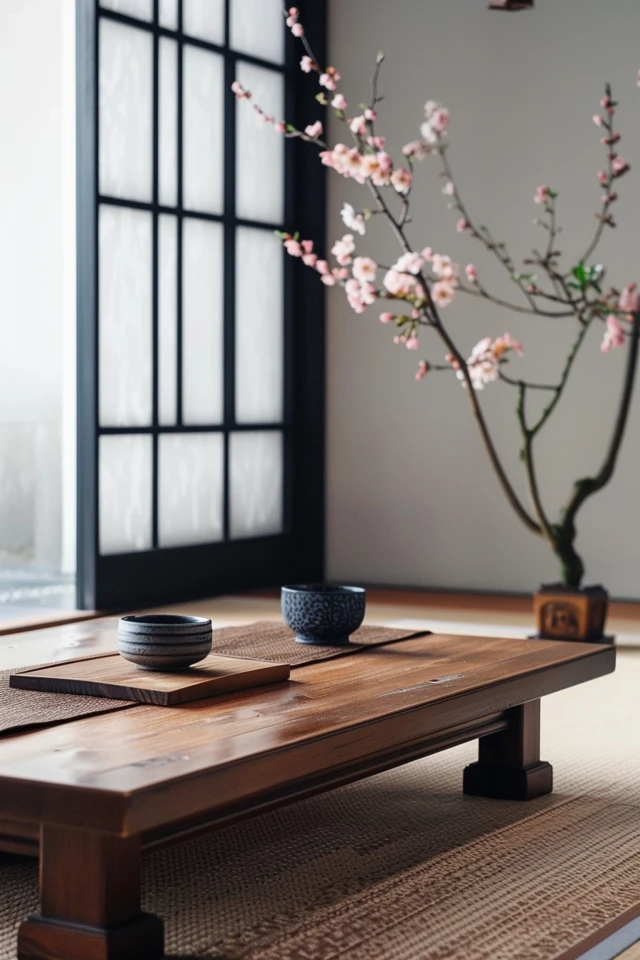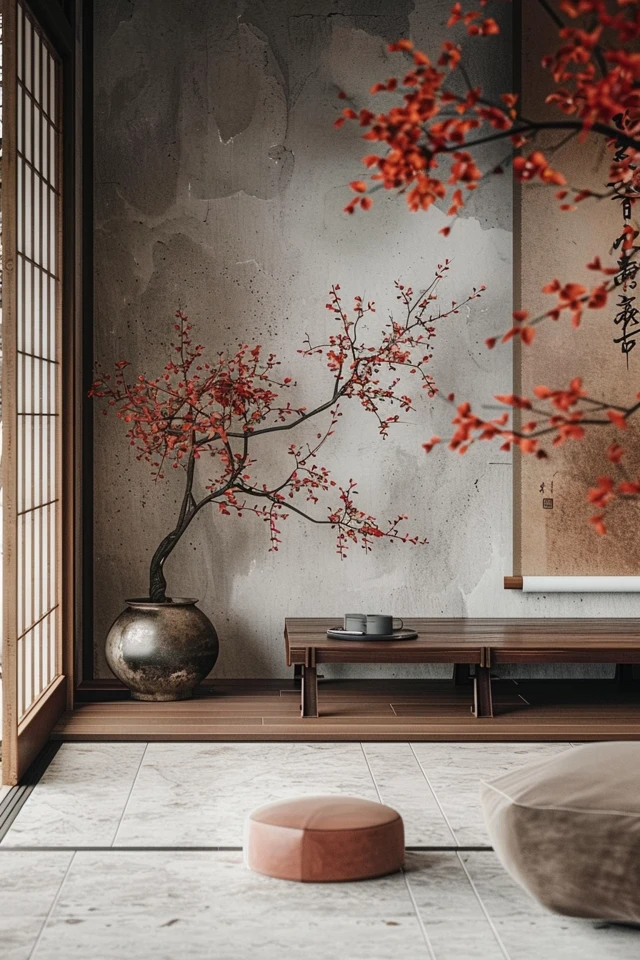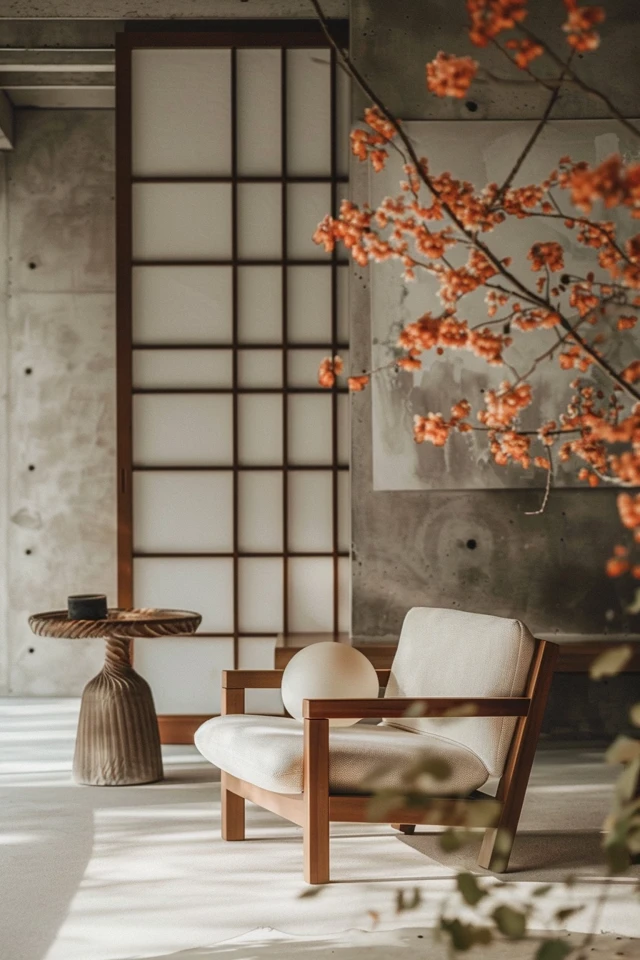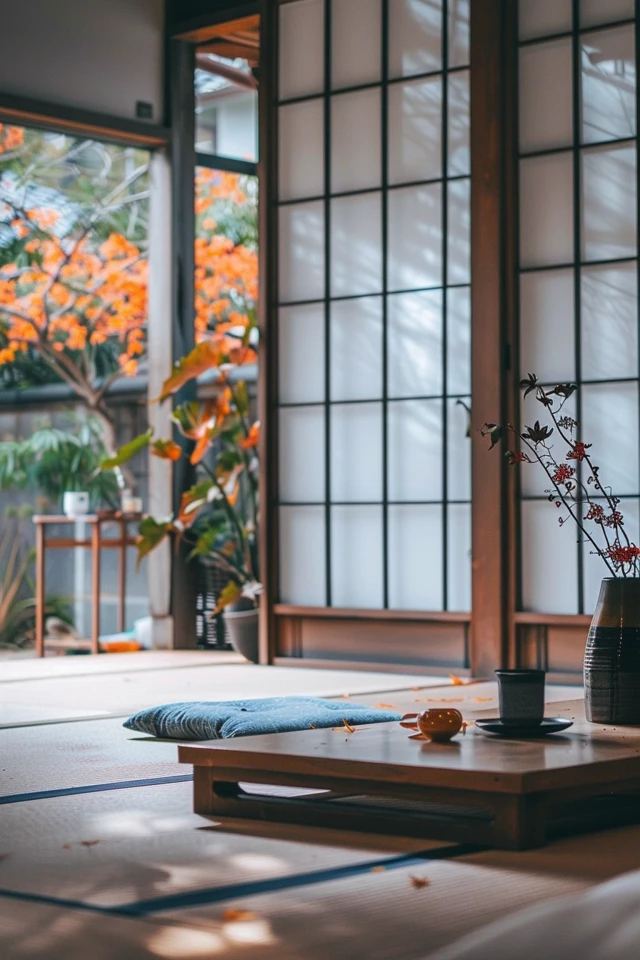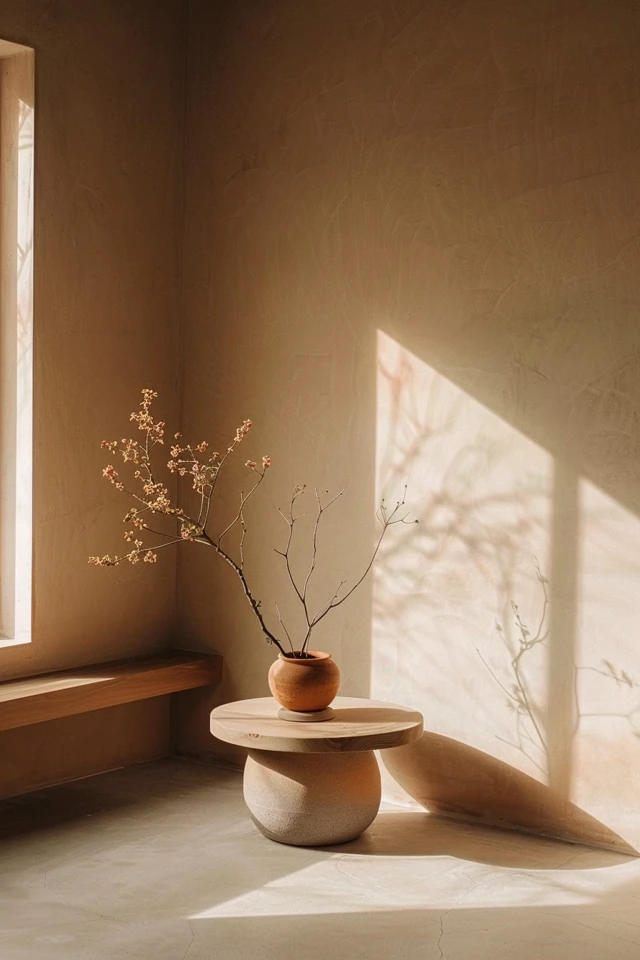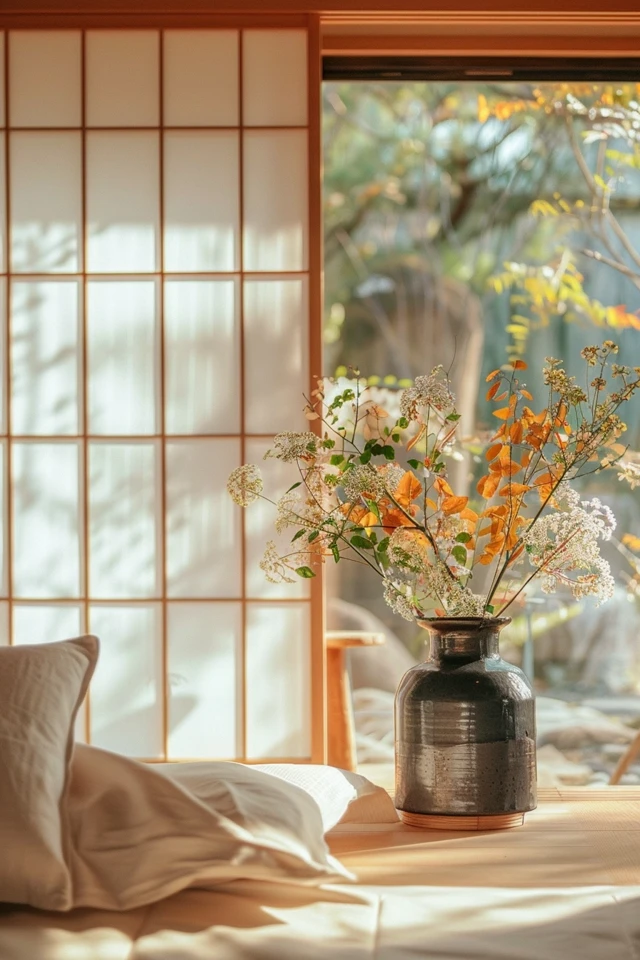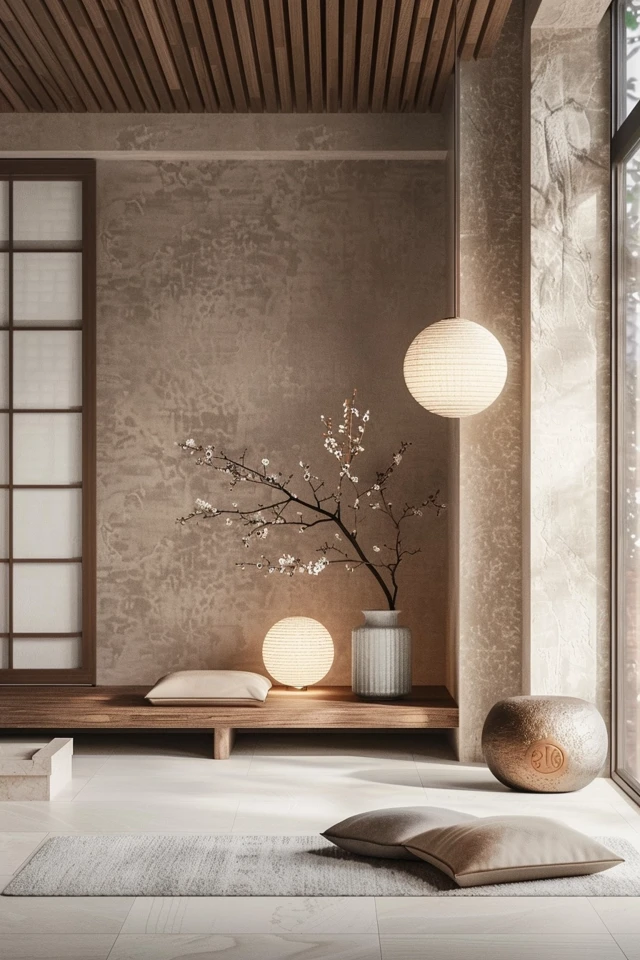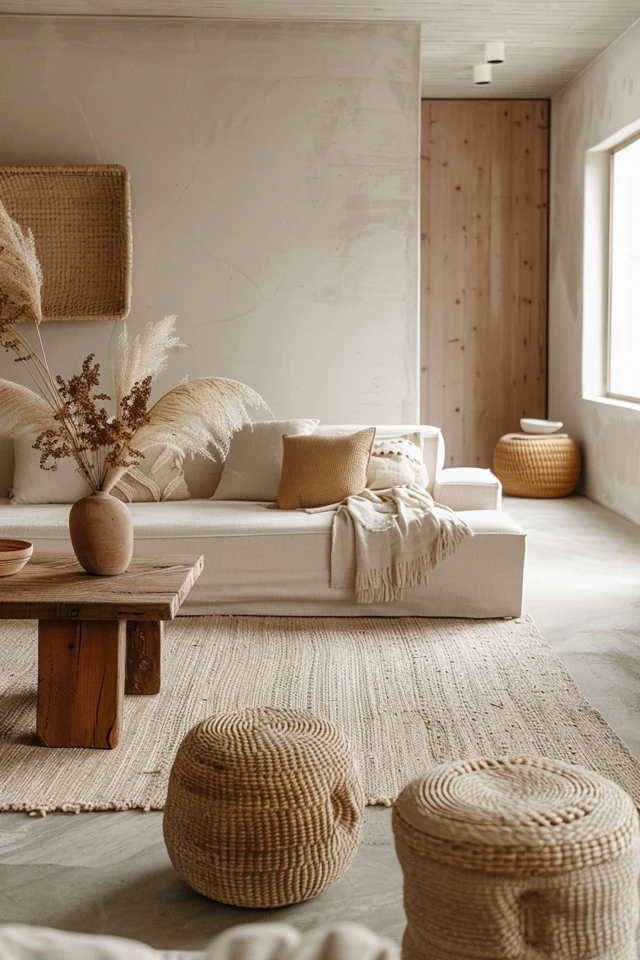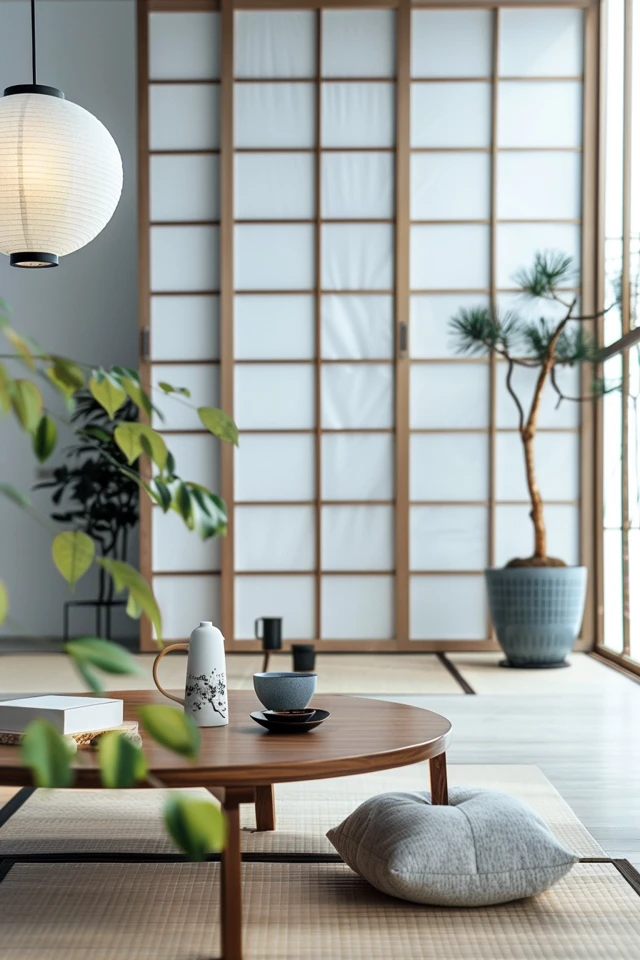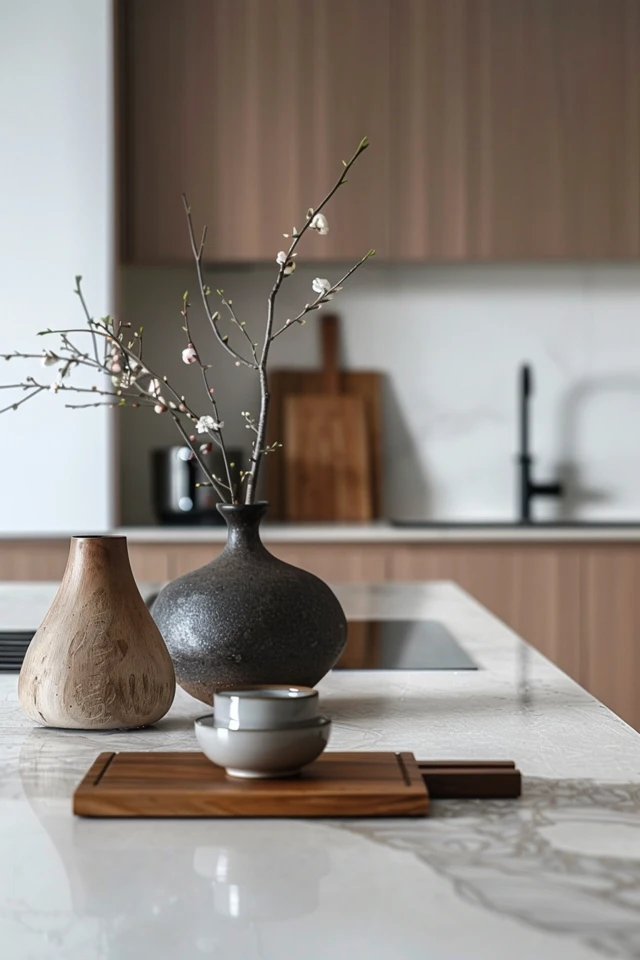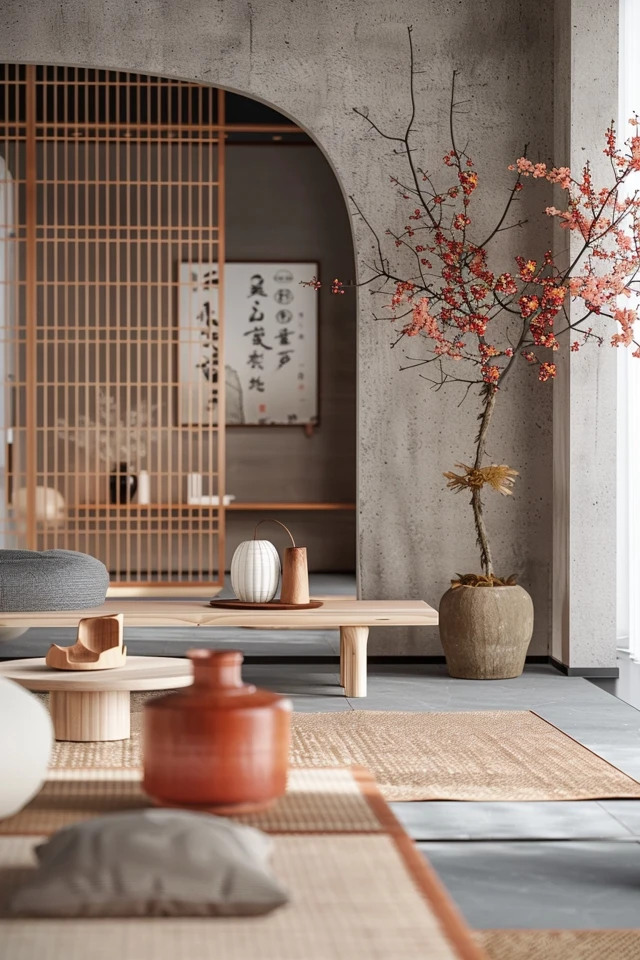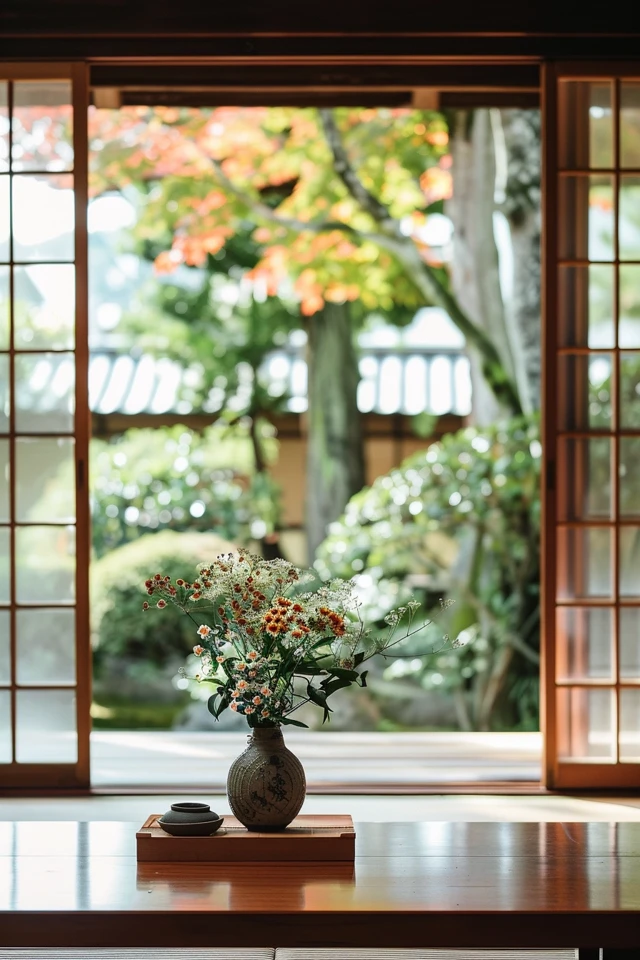Before Reading this Article, Hire Us As Your Designer or Take a Look at My Top 3 Amazon Picks!
If you are looking to blend Amazon's furniture finds with a personalized touch for your space, check out my portfolio, and hire us! You'll get 3 Idea boards, 2 Concept Boards, 2 Realistic Renderings, a Floor Plan, and a Shopping List! Everything's online, plus a 25% discount on your first online interior design project with my Havenly Promo code 4c7441bcfb. With over 2,000 designs since 2017 and top US brand partnerships, your project is in expert hands. US only. Ready to start?
Japanese Style Room Ideas: Minimalism and Zen for Modern Living
Japanese style room ideas are gaining popularity for their simplicity, tranquility, and timeless appeal. Rooted in the principles of minimalism and Zen, Japanese interior design emphasizes natural materials, clean lines, and a harmonious balance between form and function. As an architect and interior designer with expertise in evidence-based design, I’ve seen how incorporating these elements can create serene and stylish living spaces. This guide will explore essential aspects of Japanese style room decor and provide practical tips for achieving a minimalist, Zen-inspired home.
Japanese interior design is about creating a space that promotes peace, calm, and balance. It’s characterized by its use of natural materials, uncluttered spaces, and a focus on functionality. By incorporating these principles into your home, you can create a sanctuary that not only looks beautiful but also enhances your well-being. Whether you’re looking to redesign an entire room or add subtle Japanese-inspired touches, these ideas will help you achieve a harmonious and aesthetically pleasing space.
The essence of Japanese design lies in its ability to blend simplicity with elegance. Through the thoughtful use of materials, colors, and textures, you can create a room that feels both tranquil and sophisticated. Let’s delve into the principles of Japanese style room design and discover how you can infuse minimalism and Zen into your modern living space.
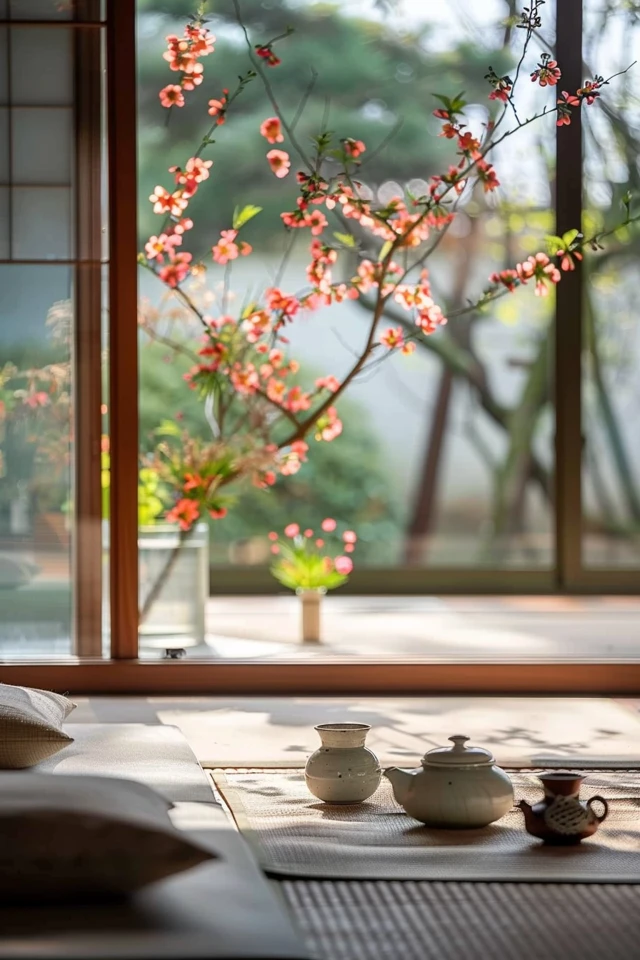
Key Takeaways:
- Embrace minimalism to create a clean and uncluttered space.
- Incorporate natural materials for an earthy and organic feel.
- Use a neutral color palette with subtle accents to enhance tranquility.
- Focus on functional furniture that maximizes space and utility.
- Add Zen elements to promote a sense of calm and balance.
1. Embrace Minimalism to Create a Clean and Uncluttered Space
Minimalism is a cornerstone of Japanese interior design, emphasizing simplicity and functionality. By adopting a minimalist approach, you can create a serene environment that promotes relaxation and mindfulness.
Declutter: Start by decluttering your space. Keep only essential items and store away or discard anything that does not serve a functional or aesthetic purpose.
Clean Lines: Choose furniture and decor with clean, straight lines. Avoid overly ornate or complex designs that can create visual clutter.
Open Space: Create an open layout that allows for easy movement and flow. This can be achieved by strategically placing furniture to maximize floor space and reduce obstacles.
Hidden Storage: Incorporate hidden storage solutions to keep your space organized. Built-in cabinets, under-bed storage, and multi-functional furniture can help maintain a tidy appearance.
Minimal Decor: Use minimal decor items to maintain a sleek look. Opt for a few carefully chosen pieces that complement the overall design rather than overwhelming the space.
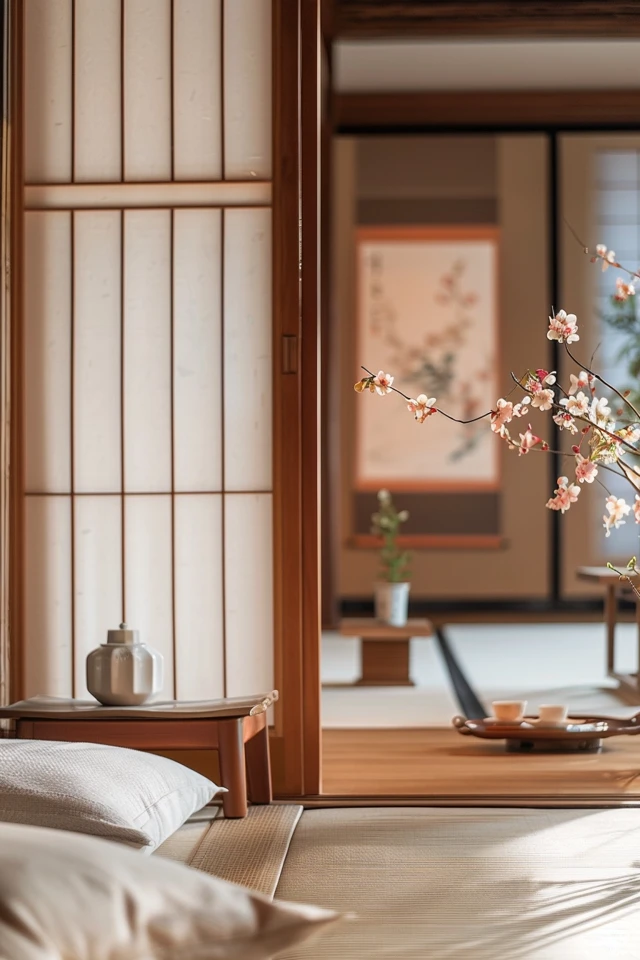
2. Incorporate Natural Materials for an Earthy and Organic Feel
Natural materials are a key component of Japanese interior design, adding warmth and texture to a space. These elements create a connection to nature, fostering a sense of calm and tranquility.
Wood: Use wood for furniture, flooring, and accents. Light woods like pine and oak are commonly used in Japanese design for their warm tones and natural beauty.
Stone: Incorporate stone elements in countertops, tabletops, and decor. Stone adds a rugged yet elegant touch to the space.
Bamboo: Consider using bamboo for flooring, window treatments, and decorative items. Bamboo is both sustainable and visually appealing.
Textiles: Choose natural textiles like cotton, linen, and wool for upholstery, rugs, and curtains. These materials add softness and comfort to the room.
Plants: Introduce indoor plants to bring a touch of nature indoors. Plants not only enhance the aesthetic but also improve air quality and add a vibrant, living element to the space.
3. Use a Neutral Color Palette with Subtle Accents to Enhance Tranquility
A neutral color palette is essential in Japanese style decor, creating a calm and serene environment. Subtle accents can add depth and interest without disrupting the overall harmony.
Neutral Tones: Base your color scheme on neutral tones such as white, beige, gray, and soft browns. These colors provide a soothing backdrop that enhances the sense of space and light.
Accent Colors: Use accent colors sparingly to add interest and contrast. Soft pastels, muted greens, and blues can introduce a touch of color without overwhelming the space.
Monochromatic Scheme: Consider a monochromatic color scheme for a cohesive and elegant look. Different shades of the same color can create a layered, sophisticated effect.
Natural Hues: Incorporate natural hues inspired by the outdoors, such as the greens of foliage and the blues of the sky. These colors can create a seamless transition between indoor and outdoor spaces.
Subtle Patterns: Use subtle patterns and textures to add depth and interest. Textured fabrics, woven materials, and gentle patterns can enhance the visual appeal without detracting from the minimalist aesthetic.
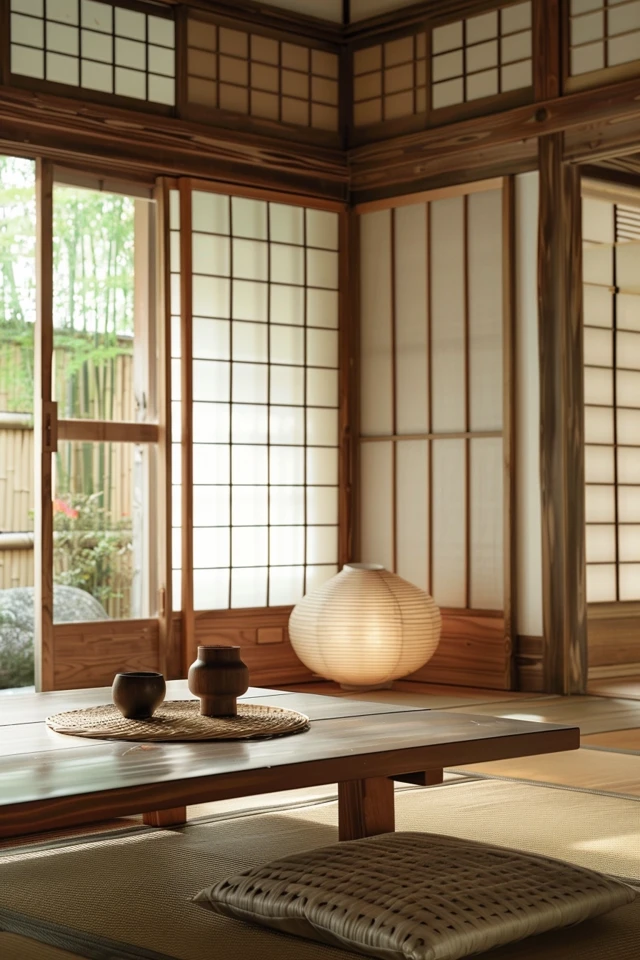
4. Focus on Functional Furniture that Maximizes Space and Utility
In Japanese interior design, furniture is chosen not only for its aesthetic appeal but also for its functionality. The goal is to create a space that is both beautiful and practical.
Multi-Functional Furniture: Opt for multi-functional furniture that serves multiple purposes. Examples include sofa beds, extendable dining tables, and storage ottomans.
Low Furniture: Use low-profile furniture to create a sense of openness and space. Low sofas, beds, and tables help maintain a clean and unobstructed view of the room.
Built-In Solutions: Incorporate built-in furniture solutions such as wall-mounted shelves, built-in desks, and custom cabinetry. These solutions save space and create a seamless look.
Flexible Layouts: Choose furniture that can be easily rearranged to accommodate different needs. Modular furniture and lightweight pieces allow for flexibility and adaptability.
Comfort and Ergonomics: Ensure that furniture is comfortable and ergonomically designed. Prioritize pieces that provide support and comfort, making the space inviting and user-friendly.
5. Add Zen Elements to Promote a Sense of Calm and Balance
Zen elements are integral to Japanese interior design, promoting a sense of calm and balance. These elements can help create a tranquil and harmonious living environment.
Shoji Screens: Use shoji screens or room dividers to create flexible, semi-private spaces. These screens add a traditional touch while allowing light to filter through.
Tatami Mats: Incorporate tatami mats for flooring or seating areas. Tatami mats provide a natural, textured surface that is both comfortable and aesthetically pleasing.
Zen Gardens: Create a small Zen garden or rock garden indoors. These gardens can serve as a focal point and a space for meditation and reflection.
Water Features: Introduce water features such as fountains or small indoor ponds. The sound of flowing water can enhance relaxation and add a soothing ambiance.
Meditation Space: Designate a quiet corner or room for meditation and relaxation. Include comfortable seating, soft lighting, and calming decor to create a serene retreat.
Conclusion
Incorporating Japanese style room ideas into your home can transform your space into a serene, minimalist haven that is both stylish and functional. By embracing minimalism, incorporating natural materials, using a neutral color palette with subtle accents, focusing on functional furniture, and adding Zen elements, you can create a harmonious and inviting environment that reflects the principles of Japanese interior design.
As an architect and interior designer, I believe that thoughtful design can significantly enhance your quality of life. Japanese interior design offers a perfect blend of simplicity, functionality, and elegance, making it an ideal choice for those seeking a tranquil and stylish home. Whether you’re starting from scratch or looking to update your current decor, these ideas will help you achieve a space that is both beautiful and practical.
Remember, the key to successful interior design is to make it personal and enjoyable. Embrace the process, experiment with different ideas, and most importantly, have fun creating a space that you’ll love. Happy decorating!
Inspirational Pictures
